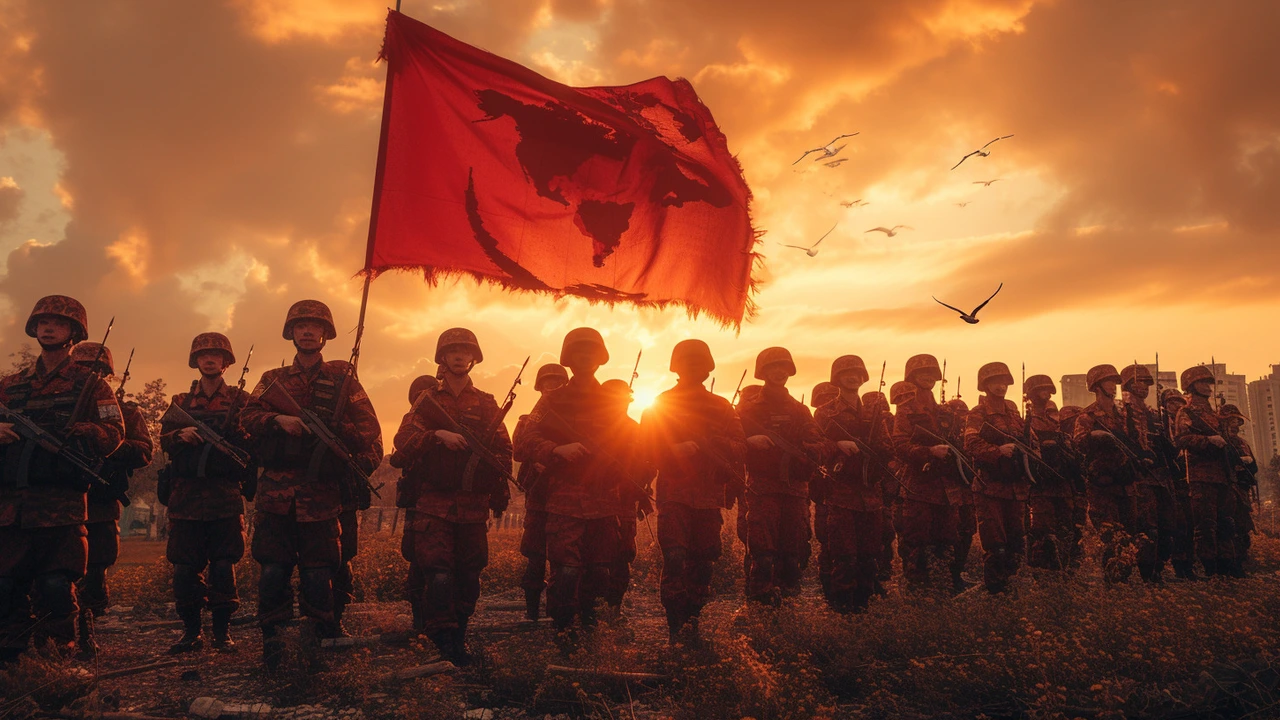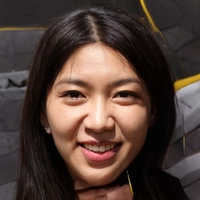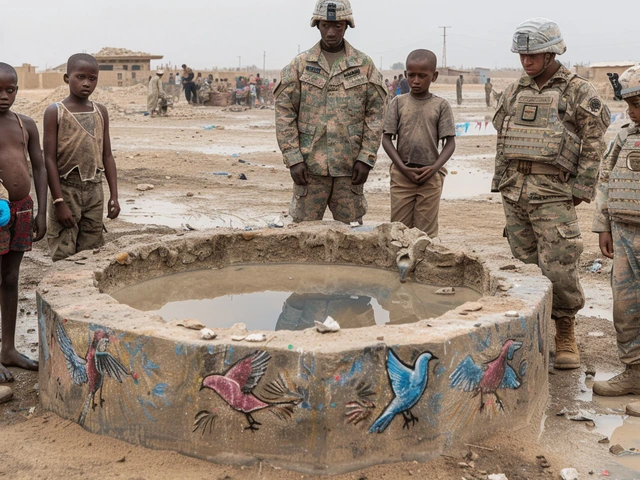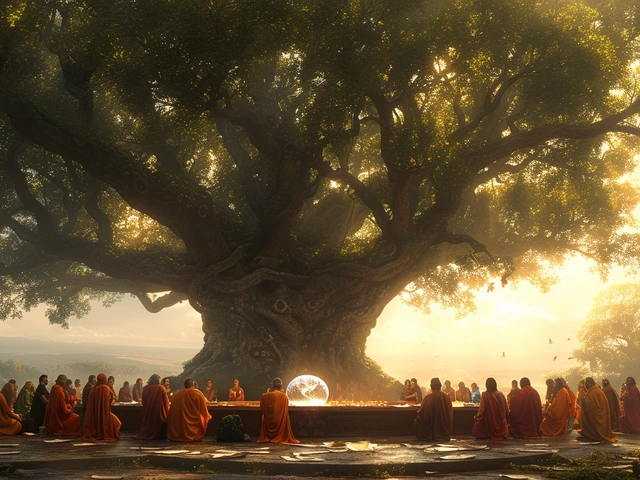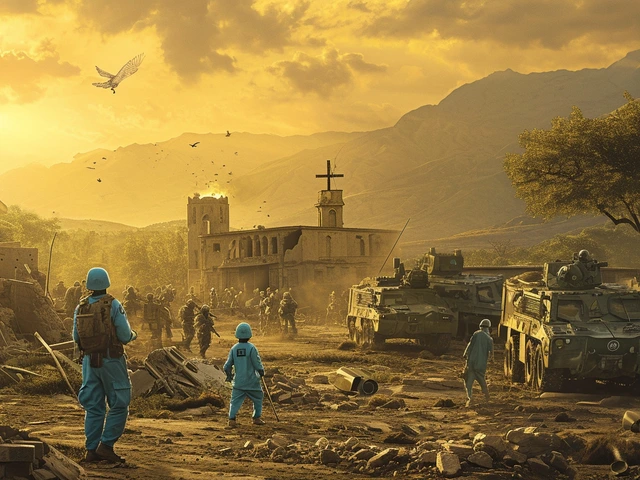The Complexity of Peacekeeping
Let's begin with a confession. The idea of peacekeeping seems quite straightforward on the surface, but once we dive into the complicated reality of it, things get a little messy. And there's something so wonderfully human about that, isn't there? We aim for simplicity, and yet we're inherently drawn to complexity. We're a touch baffling that way, really. You know, like when you buy a wardrobe from a certain Swedish furniture store and suddenly you have fifty tiny screws and a manual that looks like hieroglyphics. Peacekeeping can feel somewhat like assembling that wardrobe, minus the Allen key.
Quite often, we jump in feet-first with the best of intentions, only to find ourselves tangled in a web of cultural sensitivities, buried grievances and political complexities. The truth is, peacekeeping is not a static, one-time act. It is a dynamic process, layered with shades of grey. For every step forward, we may take one or two side steps, often having to view the world through different lenses to understand the nuances of every conflict. So let's don our peacekeeping spectacles and navigate this glorious labyrinth of human co-existence.
Building the Cornerstones: Empathy and Understanding
The cornerstone of peacekeeping is empathy - to listen, understand, and react suitably. It's not just about wagging a finger at feuding parties and saying, "Now, now, play nice". It’s about feeling their pain and taking strategic strides to help mitigate it. It seems a bit clichéd, I know, but isn’t that what makes it so incredibly vital? We need to understand where anger, hatred, and fear are coming from, and work towards mitigating these feelings. Considering this, the peacekeeping process becomes equal parts conflict resolution, psychology, and a highly-personalised drama therapy.
Good peacekeeping requires an ability to truly comprehend the history, the politics, the people and the culture of a given situation. It demands a level of understanding that doesn’t come easy, which to some extent, makes it akin to trying to understand the British obsession with tea or the queueing system in the post office. I'm still baffled by the former and still haven't cracked the code of the latter, but I keep at it because understanding, as challenging as it is, really is crucial, isn't it?
Peacekeeping Operations: The Frontline Soldiers of Peace
Then comes another layer to this intricate fabric of peacekeeping: Peacekeeping Operations. They're the people who leave the comfort of their homes to stand on the frontlines of a conflict situation and try to achieve peace. They do so by providing security, facilitating political processes, protecting civilians, and helping countries transition from war to peace. And that's where the real challenge lies; transforming a conflict-ridden environment into a peaceful one.
It’s not dissimilar to when I attempted (and succeeded!) in transforming my overgrown, wild back garden into something remotely resembling a peaceful, semi-wild English garden. Both illustrate the same point: Transitioning from chaos to order requires time, consistent effort, patience, and lots of grit. But remember, as many a green-thumbed gardener would say, even the mightiest oak was once a tiny seed. So, just as we nurture a seed into a strong tree in a peaceful garden, we should navigate the path from conflict to peace with the same care, patience, and nurturing.
International Fundamentals: The United Nations
If there's a parent figure in the world of peacekeeping, it is, undoubtedly, the United Nations. For more than seven decades, the UN has been a dedicated peacekeeper, setting fundamental principles to handle conflict situations. But the reality of peacekeeping isn’t as simple as following a set of guidelines. Imagine if it was as simple as sticking to a diet plan or a workout routine. Oh, how I wish!
Yet, while daunting, the UN's commitment to peacekeeping provides a sense of security in an otherwise insecure world. The international political landscape may be a teeter-totter of changing alliances and shifting power dynamics, but amid these tumultuous waves, the United Nations stands like a lighthouse on the shore, guiding vessels through the storm. I mean, it’s not an easy job though, I, for one, struggle to keep peace in my kitchen when my family is involved, let alone on a global scale!
The Future of Peacekeeping: Fostering Global Responsibility
And so, as we hurtle through the 21st century, the enormous responsibility of peacekeeping is one we all share. Peacekeeping isn't something we can shove into the hands of a few and expect them to handle. It's a human responsibility, much like reducing our carbon footprint or, on a lighter note, taking turns to do the dishes.
We must, I believe, rise to meet the shared responsibility of peacekeeping – we must be advocates, donors, volunteers, or simply informed global citizens who support peace initiatives on all fronts. Perhaps add the United Nations' Sustainable Development Goals to your next getaway reading and ponder how you can contribute to this vast canvas of peacekeeping. Because at the end of the day, whether we’re in Birmingham or Baghdad, we all want the same thing – peace. And making it a global responsibility is the only way we'll achieve it. Let's remember, as desired by everyone who’s ever assembled flat-pack furniture or stood in line at the post office – patience, understanding, and a whole lot of humour pave the way to a brighter, peace-filled future.

